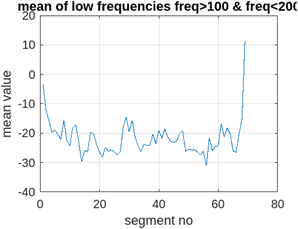Matlab Signal Processing

Matlab Signal Processing | Simulink | Matlab Online Nachhilfe Tutoring Coaching | frequency domain threshold | wav | electrical engineering |

Matlab Signal Processing | Simulink | Matlab Online Nachhilfe Tutoring Coaching | frequency domain threshold | wav | electrical engineering |
Please confirm you want to block this member.
You will no longer be able to:
Please allow a few minutes for this process to complete.